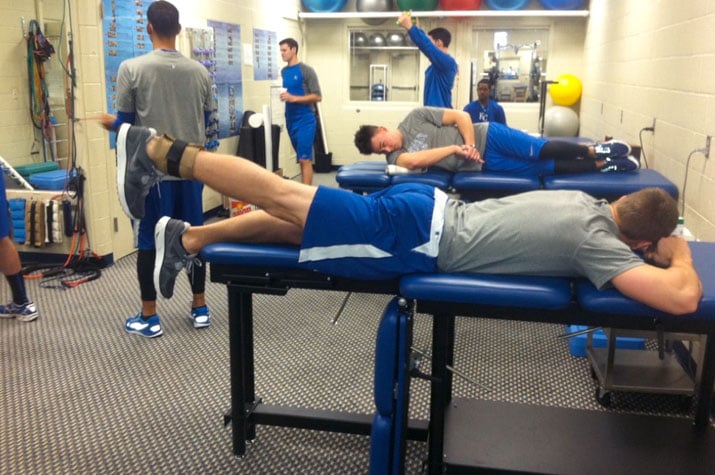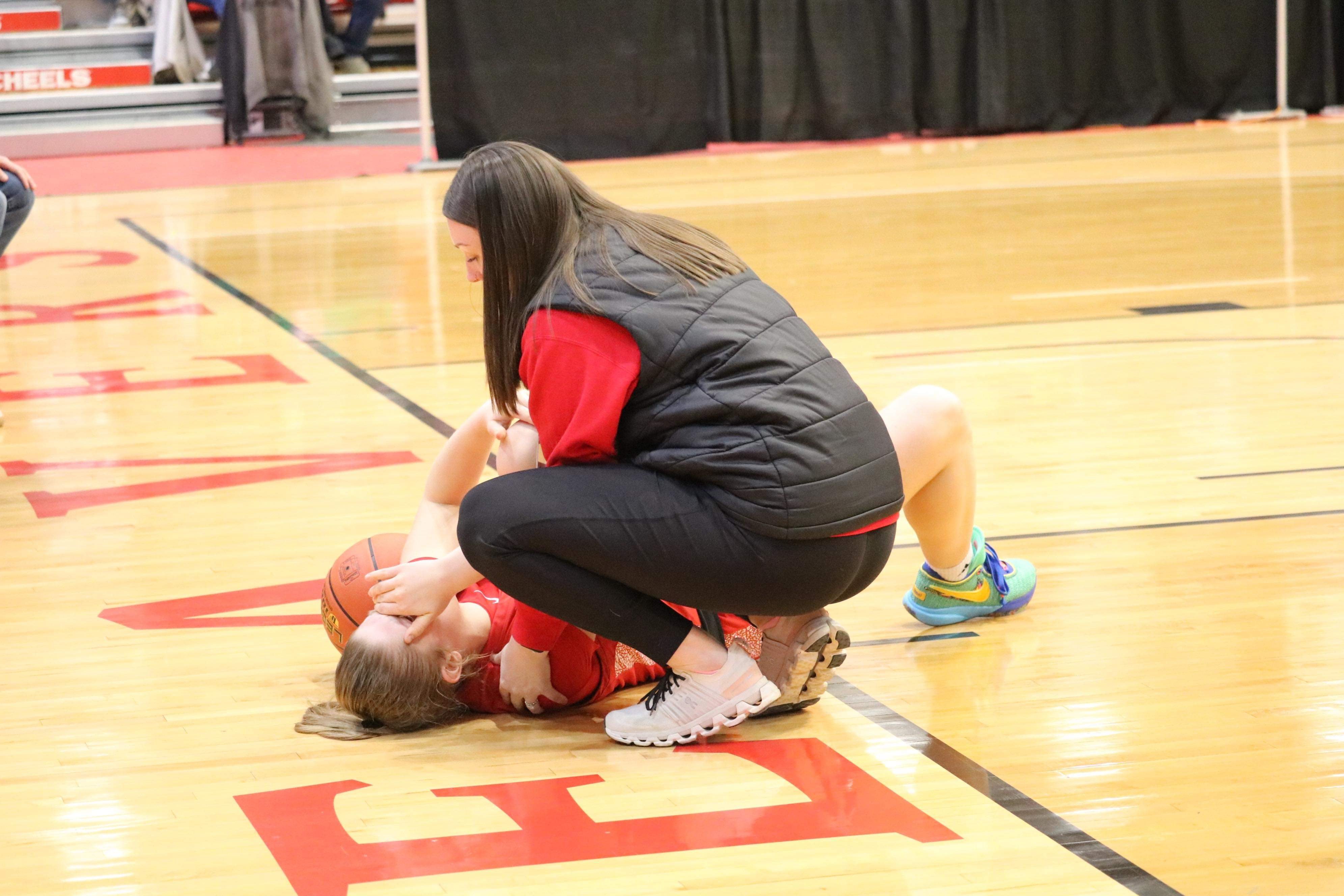Thinking Through Return to Play Decisions
When do you keep an athlete on the bench and when do you put him or her back in the game? It can be a tough decision, one that has lifechanging implications for the athlete if he or she returns too soon.
The sports medicine team often feels intense pressure to make a decision, but the primary goal always must be the long-term health and well-being of an athlete. To ensure that the entire team and the player are on the same page, continual communication cannot be stressed enough. Everyone should commit to a shared goal, treatments and regular check-ins should occur to measure progression toward those goals. A formal return-to-play progression plan can be helpful in assigning goals for each stage of recovery and determining when full clearance can be achieved.
This kind of open communication can help build a positive sports medicine team/athlete relationship, which is important in ensuring that athletes comply with medical and other recommendations.
Consider this scenario:
Jordan is a 17-year-old senior in high school who has been his football team’s star quarterback, led his team to two state championships, and has a real possibility of receiving a full scholarship to a top college sports program next year. In his last session of summer training camp, Jordan took a fierce hit… [an MRI] showed that Jordan had a torn labrum in his right shoulder that would require surgery and months-long recovery, meaning that he would miss the rest of his final season.
[His physiatrist] had known instances in which this particular type of injury ended a quarterback’s athletic career. She had also read about a few cases in which athletes recovered fully from the injury. Since so much of recovery depends on the injured person’s following the rehabilitation and physical therapy plans, [she] wanted Jordan to approach his injury with the optimism that adherence to the plan would enable him to return to athletics. At the same time, she did not want to hold out false hope that might keep Jordan focused exclusively on football when, in the long term, that might not be the best use of his senior year.
When college scholarships and admissions decisions are on the line, a doctor’s recommendations affect more than her patient’s physical health.
This article excerpt, by Andrea Ford, originally appeared here: http://scopeblog.stanford.edu/2015/06/01/thinking-through-return-to-play-decisions-in-sports-medicine.



.webp)

